.webp)
Childhood constipation: cause, symptoms, prevention, relief options
2 min
- Age
- Tips

Occasional Constipation in children can appear similar to constipation in adults in many ways, but there are important differences.
Constipation involves pooping less than normal – whatever “normal” looks like for your child – and producing painful poops that are hard, dry, and tricky to pass.1A
Here’s everything you need to know about constipation in children.
Signs & symptoms of constipation in children
As they grow, kids will have differing and unique ways of showing or explaining their difficulties when it comes to pooping.3A
It’s important to keep an eye out for indications they are finding pooping more difficult than usual.1B,
Pain
Constipation in children can be painful due to large, hard poo trapped in their rectum.2C However, children have different ways of showing pain, and some children have higher pain thresholds than others.4A Think back to how your kid has responded to pain in the past, and look for those same signs.4C
Soiling
While tough, large, lumpy poops are a trademark of constipation, constipation in children can lead to leaks of brown liquid or ‘skidmarks’ in their underwear.3B A buildup of poop in their rectum may be the cause of these leaks.2D
Withholding stool
A primary difference between constipation in children and adults is that your kid might be choosing to hold onto poo for reasons we will explore later.2
Blood in stools
Constipation in children generally leads to big, solid poops that can damage the skin around the anus when it finally comes to pass.5B This can lead to a little bleeding in the area.5C
Other urinary symptoms
A kid’s inability to control their pee may have something to do with their constipation.7A The bowel and the bladder sit in the same area of their body, and the same nerves control them.7B
Normal stool patterns at different stages of childhood
With constipation in kids, you can generally expect them to poop these amounts daily:8A
Newborns: 4 times
- Breastfed children up to 3 months: 3 times
- Formula-fed children: 2–3 times
- Children aged 6 months–1year: 2 times
- 1–3 years: 1 or 2 times
- 4+ : One a day
Types of constipation in children
There are several types of constipation in children, including:
.webp)
Idiopathic constipation
This type of constipation in children means that there’s no known cause for your child’s pooping difficulties.9A That said, idiopathic constipation is often pretty mild, and will sort itself out with dietary changes and an increase in exercise.9B Please speak to your healthcare professional for additional information.
However, idiopathic constipation can become serious if it’s ongoing, with the potential need for laxatives, medications, enemas, or surgery in extreme cases.9C
Constipation due to an underlying condition
Less commonly, your child might have a nutritional disorder or disease that means their digestive system can’t process food as it should. These might include:6C
How does the digestion system work?
- celiac disease
- conditions that affect hormones, such as hypothyroidism
- conditions that affect their metabolism, such as diabetes
- brain and spine disorder, like spina bifida
- brain and spinal cord injuries
- Hisrchsprung disease
If constipation doesn’t improve after a few days, or after making changes to your child’s diet or exercise regimen, please contact a doctor.
What causes constipation in children?
A range of child constipation causes could be the source of their misery, and most of these are not serious, and easily resolved with simple lifestyle changes.
These causes include:
Diet:3C Let’s face it, kids will be kids. And with that comes the love of junk food and candy. If your kid is constipated, they may be overdoing the candy, junk food, and treats. A child’s diet will change as they grow. As they eat different foods, their body may respond in different ways.
Exercise:3D Spending all day playing video games might mean they’re not getting the physical exercise they need to keep their digestive system moving as well.
Emotional problems:3E Constipation in children can have psychological causes. It’s hard being a child, and the outside world can be a scary place. As a result of this, kids might hold in their poops, for example, to avoid using public bathrooms. Potty training is also a tough adjustment for many kids. And just as stress can trigger constipation in many adults, the pressures of school, friendships, and family matters can lead to the same in kids.1D
They’re busy:3G Children may be holding in poop simply because they don’t want to stop doing whatever fun thing they are doing. They may also just forget to poop, which can lead to an unexpected buildup as well.
* Works in 30 minutes to 6 hours
Disclaimer:
Partly generated by Gen AI
Sources
- Caroppo E, Mazza M, Sannella A, Marano G, Avallone C, Claro AE, Janiri D, Moccia L, Janiri L, Sani G. Will Nothing Be the Same Again?: Changes in Lifestyle during COVID-19 Pandemic and Consequences on Mental Health. International Journal of Environmental Research and Public Health. 2021; 18(16):8433. https://doi.org/10.3390/ijerph18168433
- Bowel movements | BM (2015) MedlinePlus. U.S. National Library of Medicine. Available at: https://medlineplus.gov/bowelmovement.html (Accessed: December 5, 2022).
- Rose C, Parker A, Jefferson B, Cartmell E. The Characterization of Feces and Urine: A Review of the Literature to Inform Advanced Treatment Technology. Crit Rev Environ Sci Technol. 2015 Sep 2;45(17):1827-1879. doi: 10.1080/10643389.2014.1000761. PMID: 26246784; PMCID: PMC4500995.
- Camilleri, M., Ford, A., Mawe, G. et al. Chronic constipation. Nat Rev Dis Primers 3, 17095 (2017). https://doi.org/10.1038/nrdp.2017.95
- Poitras, P. et al. (2022). The Colon. In: Poitras, P., Bilodeau, M., Bouin, M., Ghia, JE. (eds) The Digestive System: From Basic Sciences to Clinical Practice. Springer, Cham. https://doi.org/10.1007/978-3-030-98381-9_4
- Lee, C. (2022) What your poop type and color says about you, Cleveland Clinic. Cleveland Clinic. Available at: https://health.clevelandclinic.org/healthy-poop-shape-type-color/ (Accessed: December 5, 2022).
- Ahuja, N. (2020) The Scoop on Poop: What Does Your Poop Say About Your Health?, Pennmedicine.org. Penn Medicine. Available at: https://www.pennmedicine.org/updates/blogs/health-and-wellness/2019/march/poop (Accessed: December 5, 2022).
- American College of Gastroenterology (2022) Digestive health tips, American College of Gastroenterology. American College of Gastroenterology. Available at: https://gi.org/topics/digestive-health-tips/ (Accessed: December 5, 2022).
- Poitras, P., Bouin, M., Faure, C., Dapoigny, M. (2022). Constipation. In: Poitras, P., Bilodeau, M., Bouin, M., Ghia, JE. (eds) The Digestive System: From Basic Sciences to Clinical Practice. Springer, Cham. https://doi.org/10.1007/978-3-030-98381-9_15
- Poitras, P. (2022). Diarrhea. In: Poitras, P., Bilodeau, M., Bouin, M., Ghia, JE. (eds) The Digestive System: From Basic Sciences to Clinical Practice. Springer, Cham. https://doi.org/10.1007/978-3-030-98381-9_13
- Rao, Satish S.C. MD, PhD1; Lacy, Brian E. MD, PhD2; Emmanuel, Anton MD3; Müller-Lissner, Stefan MD4; Pohl, Daniel MD5; Quigley, Eamonn M.M. MD6; Whorwell, Peter MD, PhD7. Recognizing and Defining Occasional Constipation: Expert Consensus Recommendations. The American Journal of Gastroenterology: November 2022 - Volume 117 - Issue 11 - p 1753-1758 doi: 10.14309/ajg.0000000000001945
- Yamada, M., Sekine, M., Tatsuse, T. et al. Lifestyle, psychological stress, and incidence of adolescent constipation: results from the Toyama birth cohort study. BMC Public Health 21, 47 (2021). https://doi.org/10.1186/s12889-020-10044-5
- Serra J, Pohl D, Azpiroz F, Chiarioni G, Ducrotté P, Gourcerol G, Hungin APS, Layer P, Mendive JM, Pfeifer J, Rogler G, Scott SM, Simrén M, Whorwell P; Functional Constipation Guidelines Working Group. European society of neurogastroenterology and motility guidelines on functional constipation in adults. Neurogastroenterol Motil. 2020 Feb;32(2):e13762. doi: 10.1111/nmo.13762. Epub 2019 Nov 22. PMID: 31756783.
- Poitras, P. (2022). Diarrhea. In: Poitras, P., Bilodeau, M., Bouin, M., Ghia, JE. (eds) The Digestive System: From Basic Sciences to Clinical Practice. Springer, Cham. https://doi.org/10.1007/978-3-030-98381-9_13
- Vriesman MH, Koppen IJN, Camilleri M, Di Lorenzo C, Benninga MA. Management of functional constipation in children and adults. Nat Rev Gastroenterol Hepatol. 2020 Jan;17(1):21-39. doi: 10.1038/s41575-019-0222-y. Epub 2019 Nov 5. PMID: 31690829.
- Diaz S, Bittar K, Mendez MD. Constipation. [Updated 2022 Jul 25]. In: StatPearls [Internet]. Treasure Island (FL): StatPearls Publishing; 2022 Jan-. Available from: https://www.ncbi.nlm.nih.gov/books/NBK513291/
- American College of Gastroenterology (2022) Digestive health tips, American College of Gastroenterology. American College of Gastroenterology. Available at: https://gi.org/topics/digestive-health-tips/ (Accessed: December 5, 2022).
- Serra J, Mascort-Roca J, Marzo-Castillejo M, Aros SD, Ferrándiz Santos J, Rey Diaz Rubio E, Mearin Manrique F. Clinical practice guidelines for the management of constipation in adults. Part 2: Diagnosis and treatment. Gastroenterol Hepatol. 2017 Apr;40(4):303-316. English, Spanish. doi: 10.1016/j.gastrohep.2016.02.007. Epub 2016 Apr 2. PMID: 27045854.
- Šola, K.F., Vladimir-Knežević, S., Hrabač, P. et al. The effect of multistrain probiotics on functional constipation in the elderly: a randomized controlled trial. Eur J Clin Nutr 76, 1675–1681 (2022). https://doi.org/10.1038/s41430-022-01189-0
- Okawa, Y., Fukudo, S. & Sanada, H. Specific foods can reduce symptoms of irritable bowel syndrome and functional constipation: a review. BioPsychoSocial Med 13, 10 (2019). https://doi.org/10.1186/s13030-019-0152-5
- Blake, M.R., Raker, J.M. and Whelan, K. (2016), Validity and reliability of the Bristol Stool Form Scale in healthy adults and patients with diarrhoea-predominant irritable bowel syndrome. Aliment Pharmacol Ther, 44: 693-703. https://doi.org/10.1111/apt.13746
- Khanna, S. (2020) “Chapter 4,” in Mayo Clinic on Digestive Health: How to prevent and treat common stomach and gut problems. Mayo Clinic Press.
- Firth, John, Christopher Conlon, and Timothy Cox (eds), Oxford Textbook of Medicine, 6 edn (Oxford, 2020; online edn, Oxford Academic, 1 Jan. 2020), https://doi.org/10.1093/med/9780198746690.001.0001, accessed 9 Dec. 2022.
- Jéquier E, Constant F. Water as an essential nutrient: the physiological basis of hydration. Eur J Clin Nutr. 2010 Feb;64(2):115-23. doi: 10.1038/ejcn.2009.111. Epub 2009 Sep 2. PMID: 19724292.
- Sura, S.P., Christie, J. (2014). Chronic Constipation. In: Rose, MD, MSEd, S. (eds) Constipation. Springer, New York, NY. https://doi.org/10.1007/978-1-4939-0332-0_3
- Bae SH. Diets for constipation. Pediatr Gastroenterol Hepatol Nutr. 2014 Dec;17(4):203-8. doi: 10.5223/pghn.2014.17.4.203. Epub 2014 Dec 31. PMID: 25587519; PMCID: PMC4291444.
- Monda, V. et al. (2017). Exercise Modifies the Gut Microbiota with Positive Health Effects. doi: 10.1155/2017/3831972 https://www.ncbi.nlm.nih.gov/pmc/articles/PMC5357536/
- Duboc H, Coffin B, Siproudhis L. Disruption of Circadian Rhythms and Gut Motility: An Overview of Underlying Mechanisms and Associated Pathologies. J Clin Gastroenterol. 2020 May/Jun;54(5):405-414. doi: 10.1097/MCG.0000000000001333. PMID: 32134798; PMCID: PMC7147411. https://www.ncbi.nlm.nih.gov/pmc/articles/PMC7147411/
- Symptoms & Causes of Constipation. https://www.niddk.nih.gov/health-information/digestive-diseases/constipation/symptoms-causes
.webp)


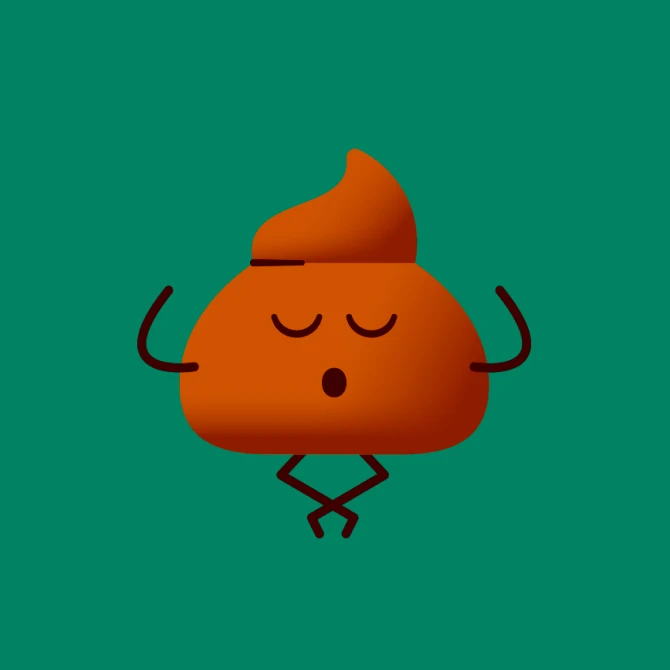
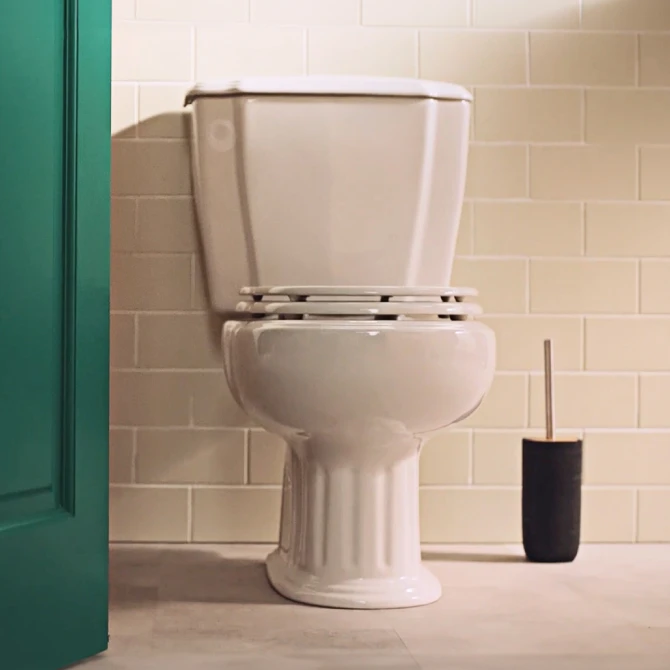



.webp)

.webp)


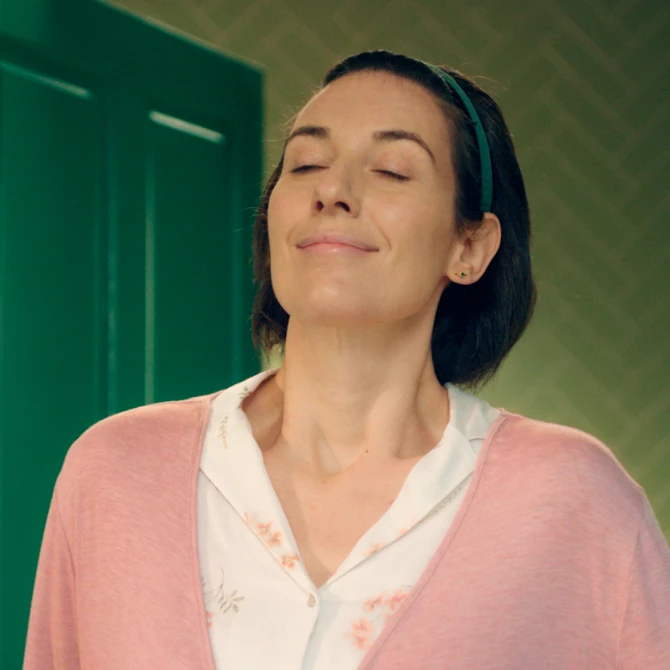
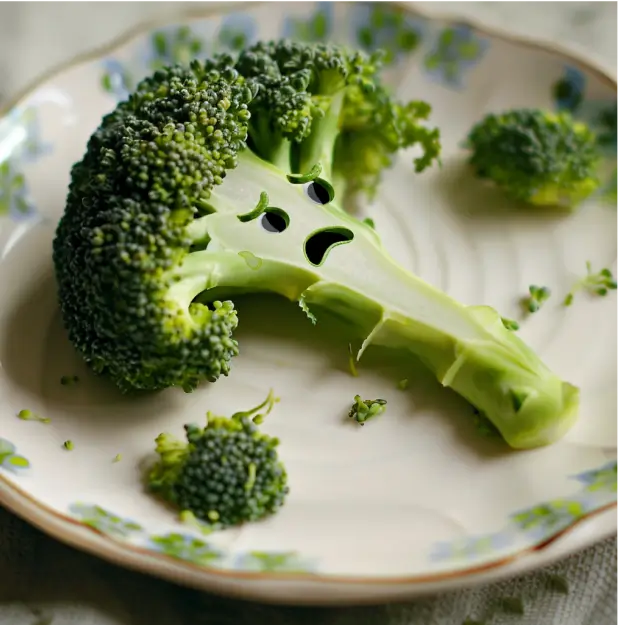
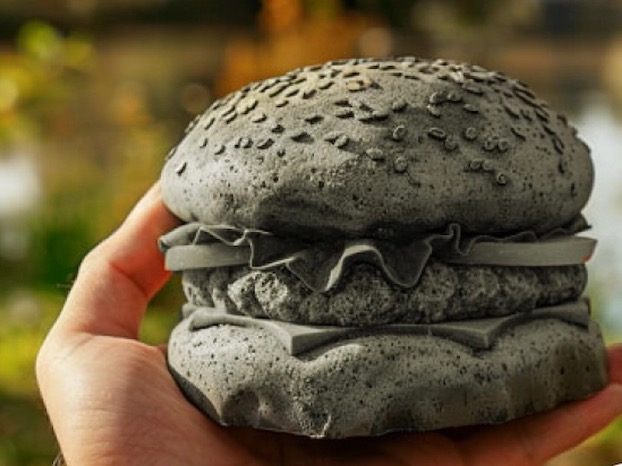

.webp)